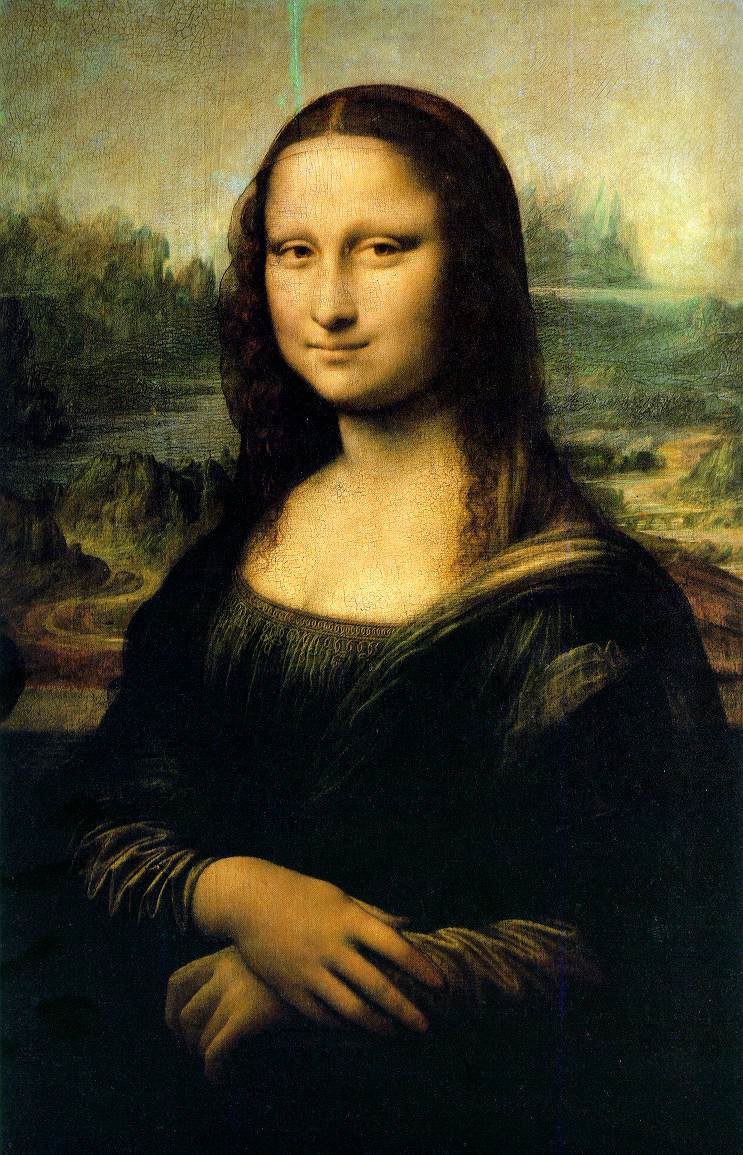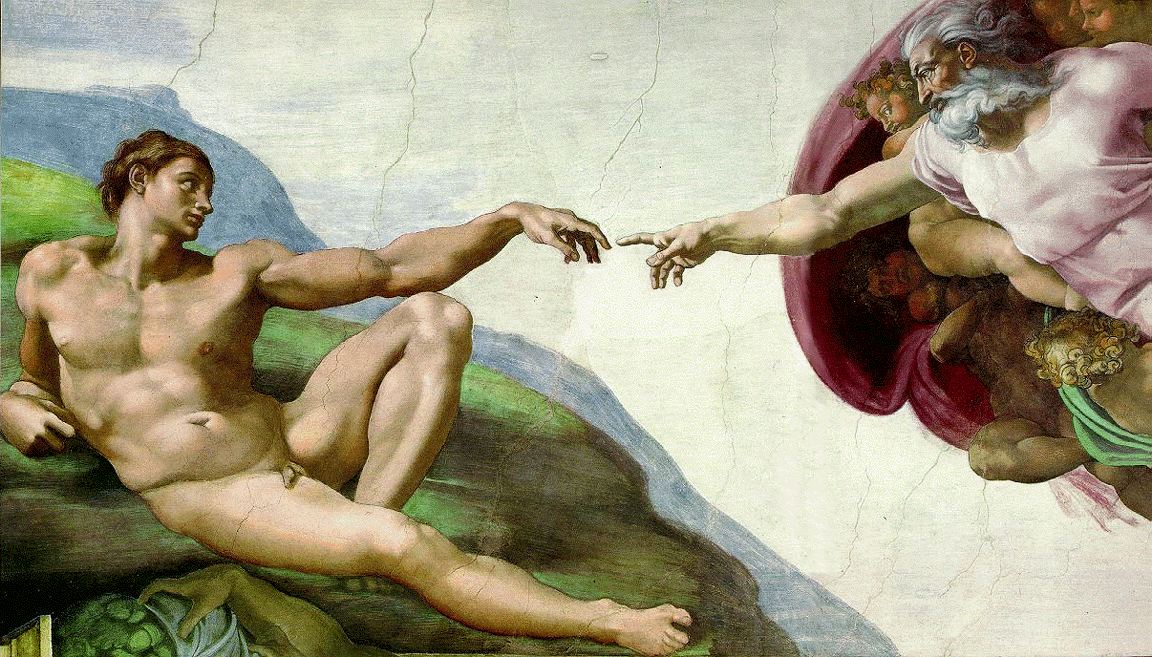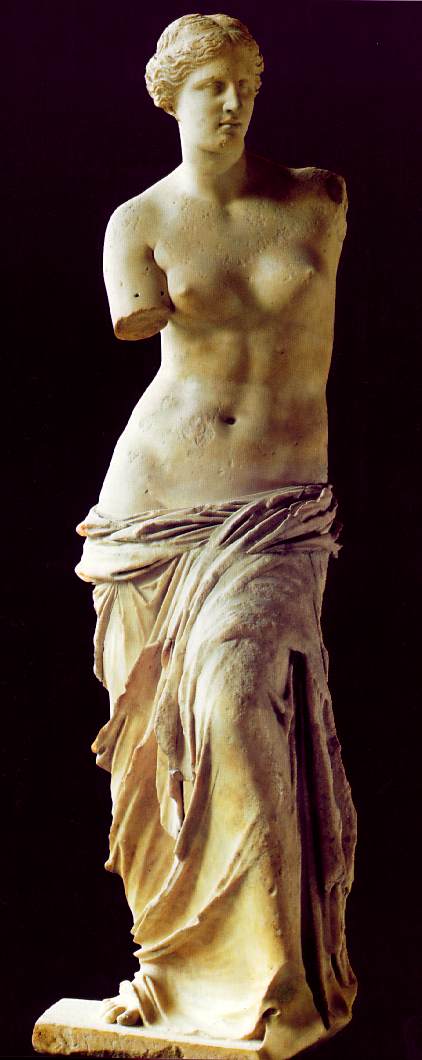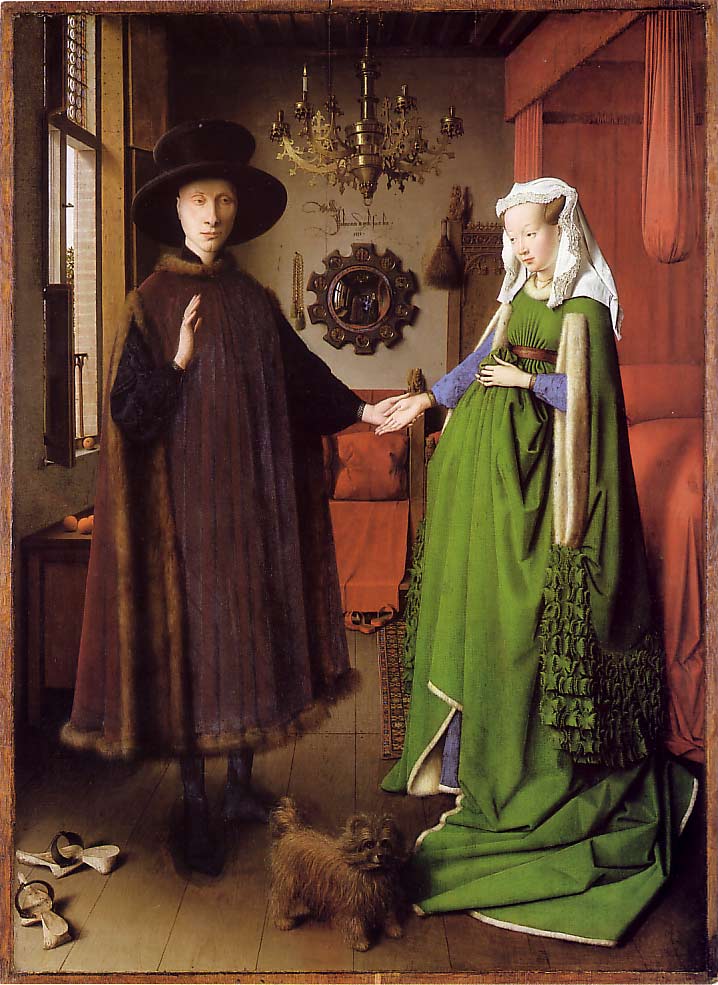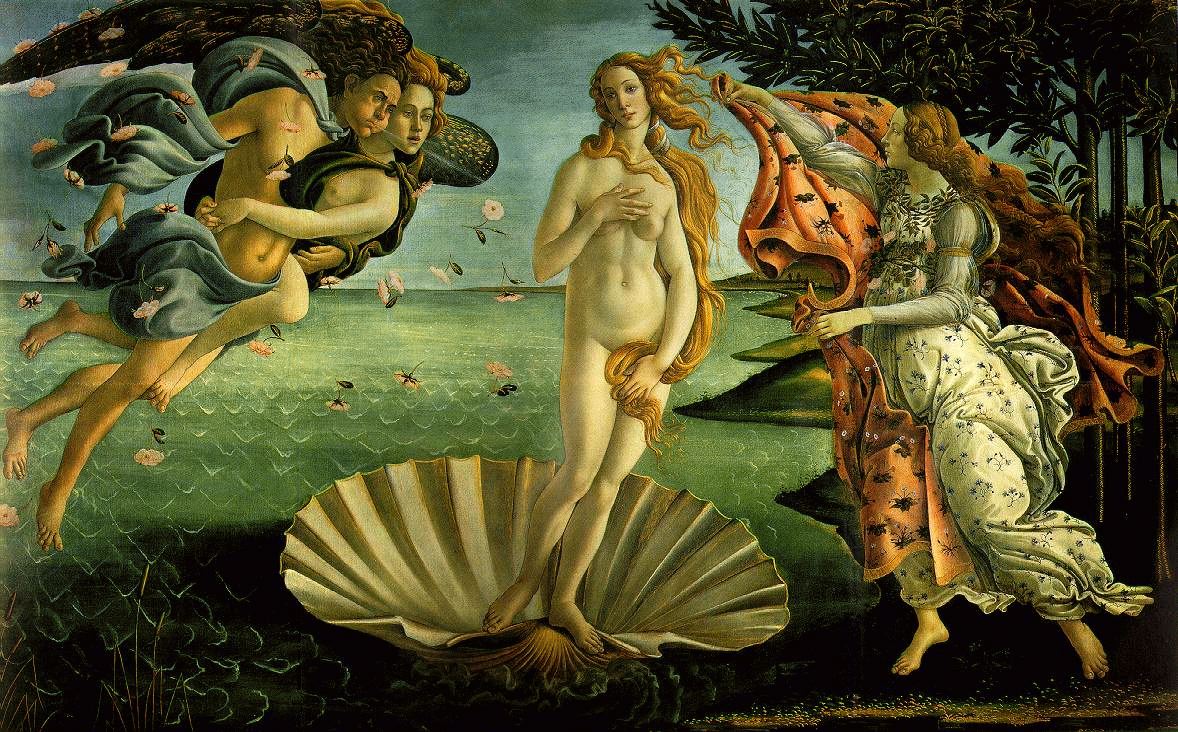|
Finest Works of World Art |
|
Leonardo da Vinci Mona Lisa 1503-1506 Oil on wood 77 x 53 cm (30 x 20 7/8 in.) Louvre, Paris There has never been an artist who was more fittingly, and without qualification, described as a genius. Like Shakespeare, Leonardo came from an insignificant background and rose to universal acclaim. Yet the works that we have salvaged remain the most dazzlingly poetic pictures ever created. The Mona Lisa has the innocent disadvantage of being too famous. It can only be seen behind thick glass in a heaving crowd of awe-struck sightseers. It has been reproduced in every conceivable medium; it remains intact in its magic, forever defying the human insistence on comprehending. It is a work that we can only gaze at in silence
|
